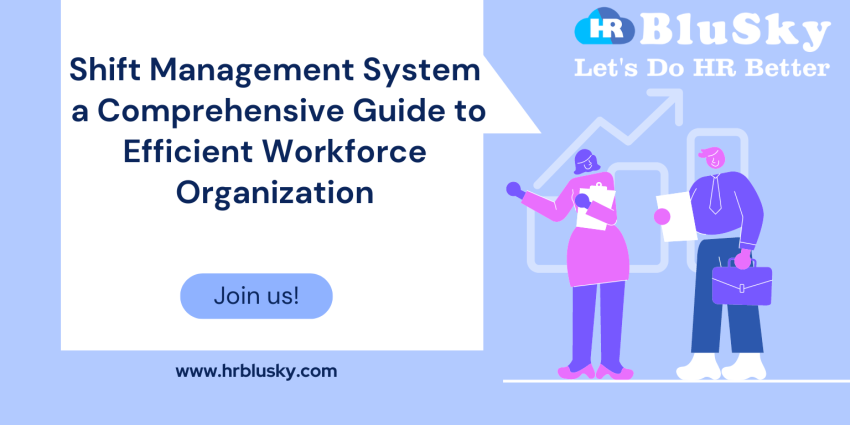Promoting Work-Life Balance
Promoting work-life balance is increasingly important in today’s fast-paced business environment. A Shift Management System allows employees to manage their schedules more effectively, offering options for shift swaps and time-off requests. Moreover, by providing flexibility in scheduling, the system helps employees maintain a healthy balance between their professional responsibilities and personal lives. As a result, employees feel more satisfied and are likely to perform better, which directly benefits the organization.
Reducing Administrative Burdens
Reducing administrative burdens is essential for freeing up managers’ time to focus on strategic tasks. By automating the scheduling process, a Shift Management System eliminates the need for manual updates and error-prone paperwork. Additionally, managers can quickly review and approve employee requests with just a few clicks, significantly streamlining the workflow. Consequently, this reduction in administrative work improves overall efficiency, allowing managers to devote more attention to business growth and development.
Increasing Transparency and Trust
Increasing transparency and trust within the workforce is crucial for fostering a positive company culture. A Shift Management System ensures that employees have full visibility into their schedules and any changes that may arise. Furthermore, the system promotes fairness by ensuring that shift assignments are distributed equitably based on skills, availability, and preferences. Thus, this transparency fosters trust between employees and management, which ultimately contributes to a more harmonious work environment.
Simplifying Payroll Integration
Simplifying payroll integration is another significant advantage of using a Shift Management System. The system tracks employee hours, attendance, and overtime, automatically generating data that can be seamlessly integrated into payroll systems. As a result, payroll processing becomes faster and more accurate, minimizing the risk of errors that could lead to employee dissatisfaction. Moreover, this streamlined integration ensures compliance with labor laws, further reducing potential legal risks for the organization.
Adapting to Seasonal and Operational Changes
Adapting to seasonal and operational changes is critical for businesses that experience fluctuations in demand. A Shift Management System allows organizations to easily adjust their workforce to meet the varying demands of peak and off-peak seasons. For example, during busy periods, managers can increase the number of shifts and allocate staff accordingly. Likewise, during slower times, the system can help scale back shifts to avoid overstaffing. Consequently, this adaptability ensures that businesses remain agile and responsive to changes in the marketplace.
Empowering Employees with Self-Service Features
Empowering employees with self-service features is key to promoting autonomy and job satisfaction. A Shift Management System provides employees with the ability to access their schedules, request time off, and swap shifts at their convenience. Additionally, this self-service functionality reduces the need for constant manager intervention, giving employees greater control over their work-life balance. Thus, by empowering employees, organizations not only improve engagement but also boost overall productivity and morale.
Enhancing Compliance with Labor Laws
Enhancing compliance with labor laws is an essential aspect of workforce management, and a Shift Management System plays a vital role in this regard. The system tracks employee work hours, overtime, and breaks, ensuring that all scheduling complies with local labor regulations. Furthermore, it generates detailed reports that can be used during audits or inspections, providing a clear record of compliance. As a result, organizations reduce their legal risks and maintain a positive reputation in their industry.
Supporting Remote and Hybrid Workforces
Supporting remote and hybrid workforces is becoming increasingly important as businesses embrace flexible working arrangements. A Shift Management System allows organizations to schedule and manage employees who work from different locations or on varying schedules. Moreover, it ensures that all team members, regardless of their location, remain connected and informed about their shifts. Consequently, this system supports the growing demand for remote work, while still ensuring operational efficiency and collaboration.










